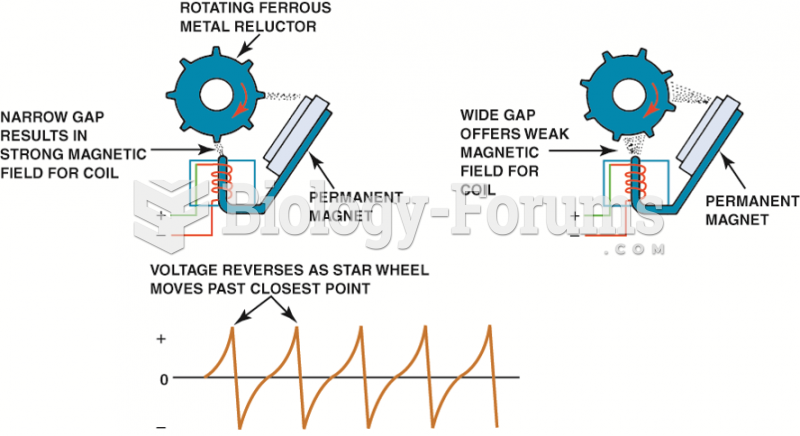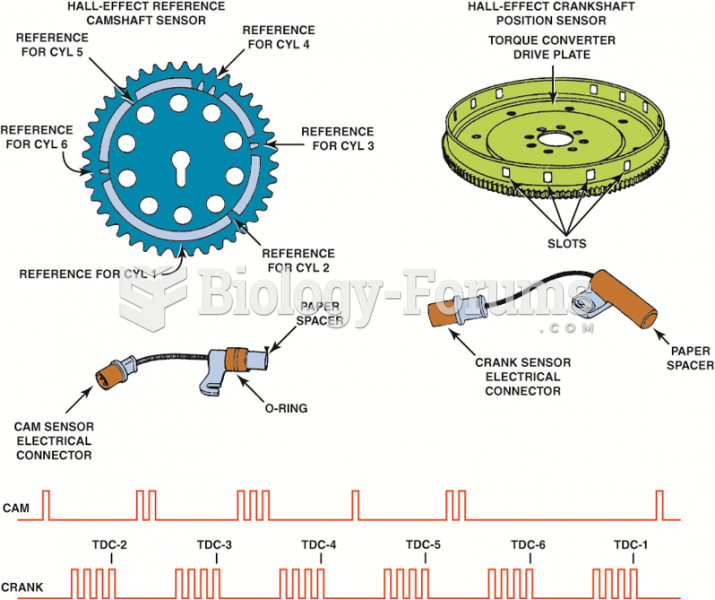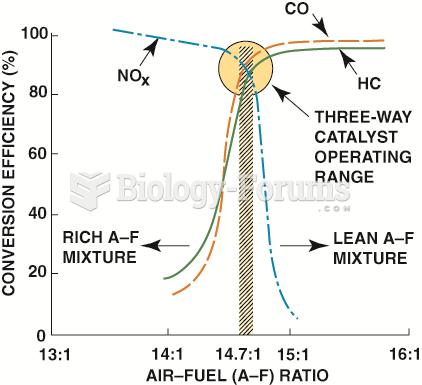This topic contains a solution. Click here to go to the answer
|
|
|
Did you know?
Oliver Wendell Holmes is credited with introducing the words "anesthesia" and "anesthetic" into the English language in 1846.
Did you know?
It is believed that humans initially contracted crabs from gorillas about 3 million years ago from either sleeping in gorilla nests or eating the apes.
Did you know?
Approximately one in four people diagnosed with diabetes will develop foot problems. Of these, about one-third will require lower extremity amputation.
Did you know?
Though “Krazy Glue” or “Super Glue” has the ability to seal small wounds, it is not recommended for this purpose since it contains many substances that should not enter the body through the skin, and may be harmful.
Did you know?
Excessive alcohol use costs the country approximately $235 billion every year.
 Operation of a typical pulse generator (pickup coil). At the bottom is a line drawing of a typical ...
Operation of a typical pulse generator (pickup coil). At the bottom is a line drawing of a typical ...
 Some Hall-effect sensors look like magnetic sensors. This Hall-effect camshaft reference sensor and ...
Some Hall-effect sensors look like magnetic sensors. This Hall-effect camshaft reference sensor and ...





